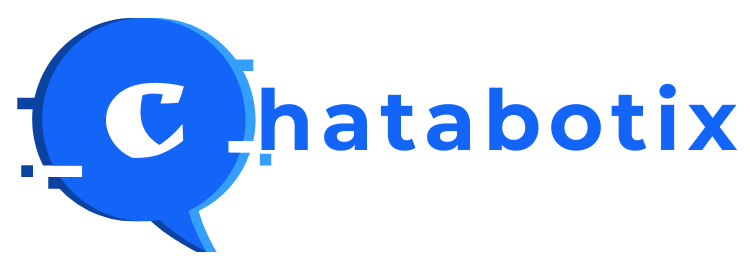AI chatbots are like super smart virtual assistants that can have conversations just like humans. They use fancy algorithms and NLP to chat with you.
These chatbots can give you personalized experiences and learn quickly using machine learning. They make customer interactions better, do tasks automatically, and work perfectly with CRM systems.
When you dive into the world of AI chatbots, you’ll see the exciting future of automated interactions.
Definition of AI Chatbot
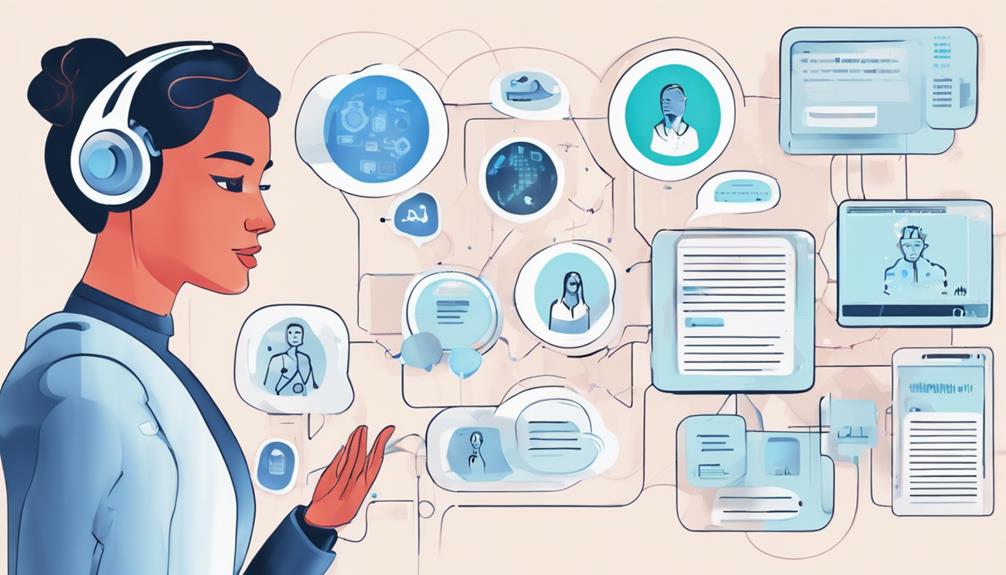
In the tech world, AI chatbots are like smart virtual assistants that can have human-like conversations using fancy algorithms and natural language processing (NLP). These chatbots are made to give users a more personalized experience. They use machine learning to understand what users say, learn from chats, and give responses that are just right for each person.
AI chatbots have a cool skill—they can figure out how users are feeling, guess what they want, and give quick, helpful answers. These chatbots are trained on tons of talks, so they can tailor their responses and topics to fit exactly what each user needs. Plus, they make customer talks smoother, do tasks automatically, and work well with CRM systems and marketing tools for analyzing data efficiently.
Bringing AI chatbots into your business can really boost how engaged your customers are and how smoothly your business runs.
Working Mechanism of AI Chatbots
AI chatbots are really good at understanding what you’re saying. They use natural language understanding (NLU) to figure out what you mean and then they use machine learning and deep learning to give you the best possible response.
Unlike people, AI chatbots can process a lot of data really fast, so they can give you accurate and helpful answers to your questions.
These chatbots use artificial intelligence (AI), especially natural language processing (NLP), to understand what you’re trying to say and have meaningful conversations with you.
Benefits of AI Chatbots
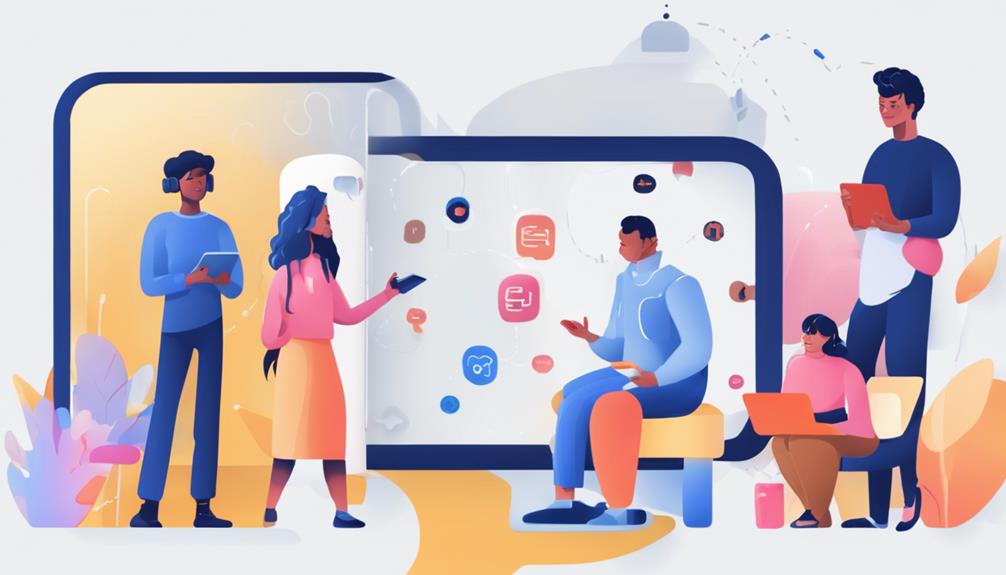
AI chatbots, powered by artificial intelligence, offer a range of benefits that enhance customer experiences and boost efficiency. These chatbots are available 24/7, ensuring quick and responsive customer service at any time. By analyzing customer data and understanding user intent, they provide personalized experiences that improve user satisfaction and loyalty. The automation features of AI chatbots streamline interactions, saving time for both customers and businesses while enhancing the overall user experience. Furthermore, these chatbots help cut costs by automating repetitive tasks and offering valuable data for predictive analysis.
Moreover, AI chatbots enable real-time personalization by tailoring responses and recommendations based on individual preferences, enriching the customer journey. With their ability to provide efficient solutions and smooth interactions, AI chatbots significantly boost customer satisfaction levels. In essence, the advantages of AI chatbots include enhanced customer service, personalized experiences, task automation, cost savings, instant responsiveness, and improved satisfaction, making them indispensable tools for modern businesses.
Types and Use Cases of AI Chatbots
Let’s check out how AI chatbots are being used in different industries. They’re pretty cool because they can help out with customer service, healthcare, and a bunch of other stuff.
AI chatbots are changing the game by making interactions better and improving user experiences in all kinds of sectors. Knowing about the different uses and types of AI chatbots can give us a good idea of how they can be super helpful in various fields.
Chatbot Applications
Chatbots come in all shapes and sizes, serving different purposes across various industries. They use AI technology to understand what users say and respond in real-time. Virtual assistants like Siri and Alexa take things a step further by recognizing spoken words for seamless interactions. These chatbots are designed to learn and adapt from each interaction, making them more efficient over time.
Chatbots are tailored to specific industries like healthcare and banking, providing customized solutions to meet their unique needs. By combining rule-based systems with AI, hybrid chatbots strike a balance between structured responses and flexibility, ensuring they perform well in any situation. Overall, chatbots are continuously evolving to enhance customer experiences through personalized interactions.
Chatbot Industries
AI chatbots are incredibly helpful in different industries. They’re designed to provide customized solutions and efficient assistance to improve customer experiences. For example, in e-commerce, they help with questions about products, tracking orders, and providing customer support, which makes the shopping experience better.
Customer service also benefits from AI chatbots as they can quickly handle frequently asked questions, troubleshoot issues, and assist with account inquiries. This speeds up the process and ensures that customers get the help they need promptly.
In the healthcare sector, AI chatbots are used to analyze symptoms, schedule appointments, and remind patients to take their medication. This kind of support enhances patient care by providing timely and personalized assistance.
In education, chatbots offer personalized learning experiences and tutoring support to students. They cater to individual needs and help students with their studies, making learning more engaging and effective.
Furthermore, in the banking industry, AI chatbots are essential for handling account inquiries, facilitating fund transfers, and providing financial advice services. This streamlines banking processes and makes it easier for customers to manage their finances.
Building an AI Chatbot
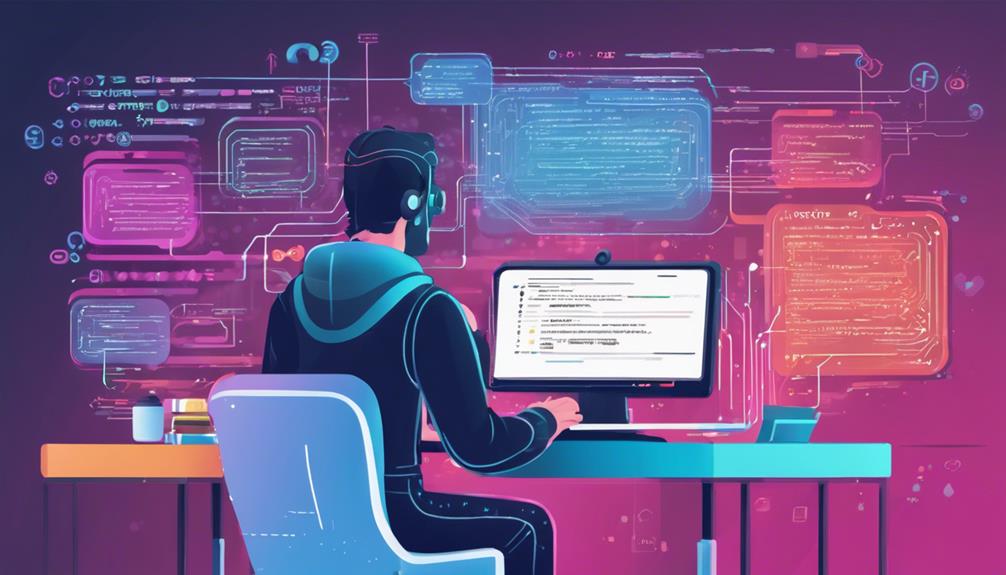
When you’re creating an AI chatbot, make sure you concentrate on the development process and that the key features match your goals.
Train your chatbot well to improve its ability to have conversations and respond promptly.
Use techniques that support ongoing enhancement to provide users with a smooth experience.
AI Chatbot Development Process
So, before diving into creating your AI chatbot, let’s set some clear goals and objectives for what you want it to do.
First things first, make sure your chatbot is loaded with the right data. This means giving it access to accurate and up-to-date information so it can provide personalized interactions.
Next, consider using platforms that offer code-free options. This will help you build your chatbot more efficiently without getting tangled up in complex coding.
Lastly, think about integrating your chatbot across different communication channels. By doing this, you can reach a wider audience and make your chatbot more accessible to everyone.
Key Chatbot Features
To make sure your AI chatbot works well, focus on adding features that help users interact easily and get personalized experiences. AI chatbots use natural language processing (NLP) to understand different inputs from users and adjust to different conversation styles. They give quick responses, automate tasks, and make customer interactions smoother by providing useful data for analysis.
These chatbots get better by learning from conversations, improving accuracy and efficiency over time. By adding AI chatbots to various platforms, testing them for ongoing improvement, and using data for personalized interactions, you can ensure your chatbot gives users great experiences and meets their changing needs.
Chatbot Training Techniques
If you want to boost your AI chatbot’s abilities, try using machine learning algorithms. These algorithms can help your chatbot learn from a large dataset of conversations, improving its understanding and responses.
Here are some techniques you can consider:
First, you can implement machine learning algorithms to help your chatbot recognize patterns and enhance its responses.
Next, you can use deep learning techniques like neural networks to enable your chatbot to make complex connections within conversations.
Lastly, make sure your chatbot undergoes continuous training and receives feedback regularly. This will help refine its performance and understanding over time.
Future of AI Chatbots
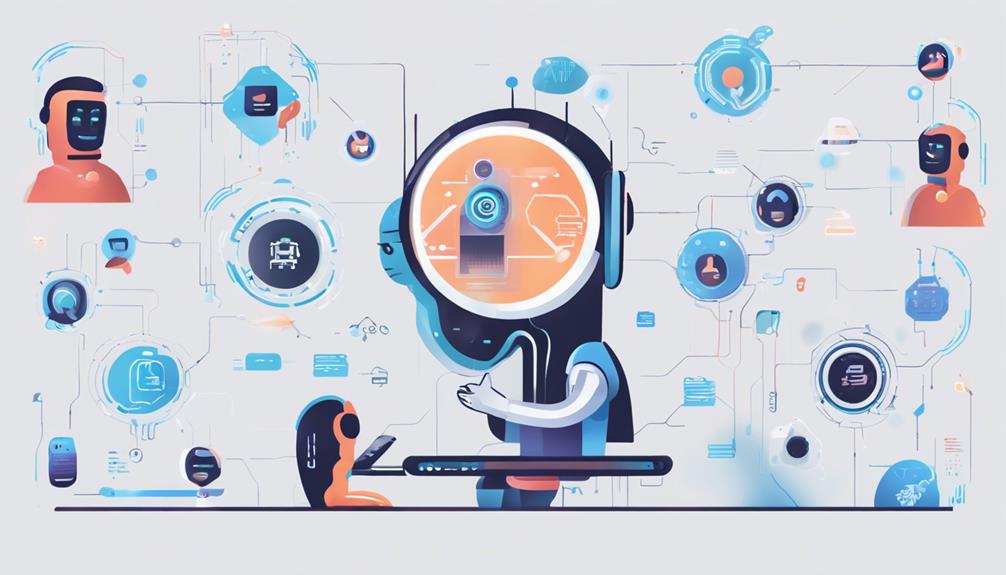
AI chatbots are changing how businesses interact with customers and improving how they engage with them. Thanks to advancements like Drift’s technology, the future of AI chatbots looks bright.
These chatbots are now a common way for companies in various industries to communicate with customers, boosting engagement and increasing sales. Businesses that adopt AI chatbots, especially those powered by Drift, are gaining a competitive advantage by offering exceptional customer experiences.
The projected impact of AI chatbots on businesses is staggering, with potential annual returns in the trillions of dollars for companies investing in this technology. By using AI chatbots, particularly innovative solutions like Drift, businesses can see significant returns, with some even achieving up to a 670% ROI.
Embracing the future of AI chatbots isn’t just about keeping up—it’s about thriving in a world where outstanding customer service and communication are essential.
Conclusion
In conclusion, AI chatbots are super cool when it comes to transforming customer service and communication. They use advanced technology to make things easier and more personalized for users.
So, don’t miss out – join the AI chatbot trend and see your business reach new levels of success!
